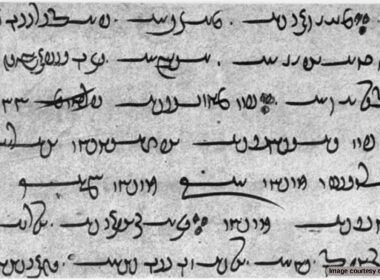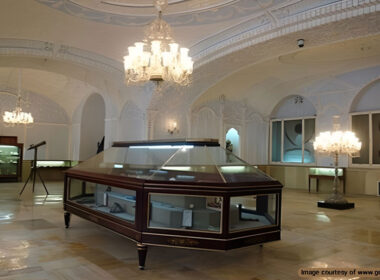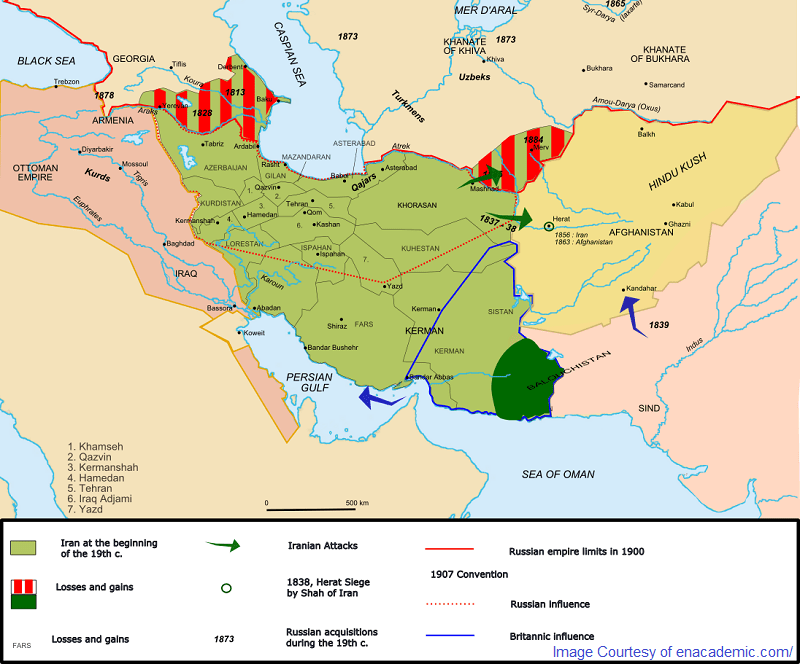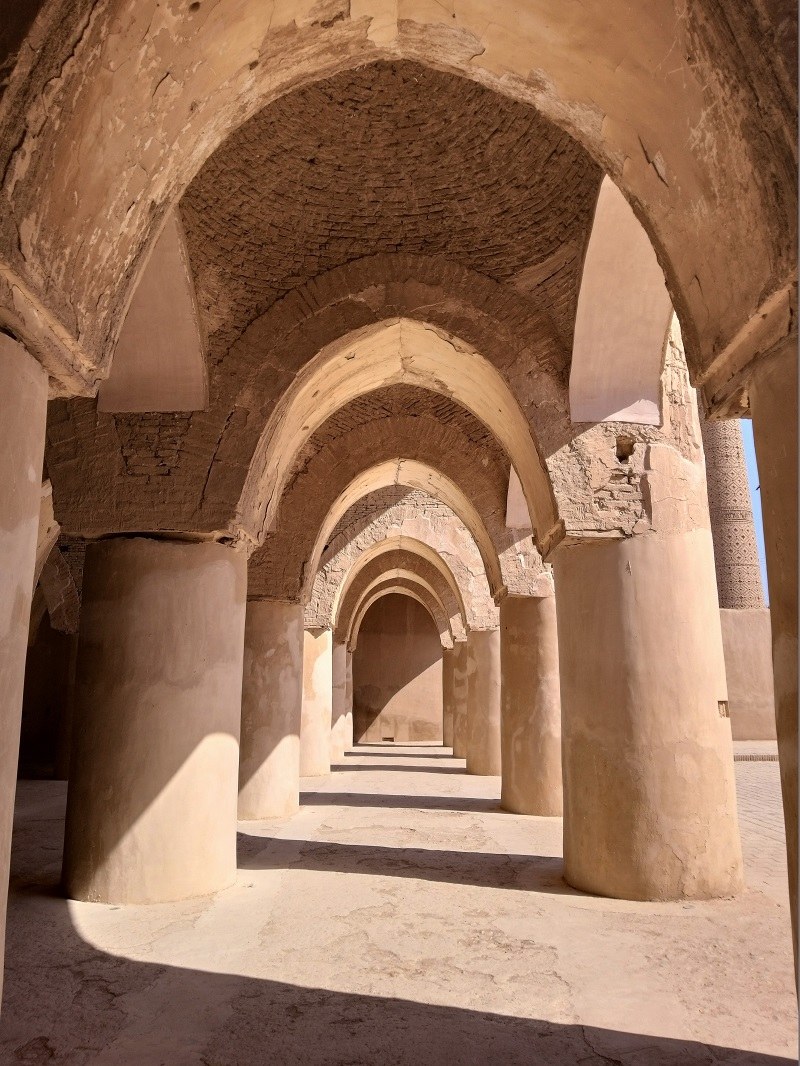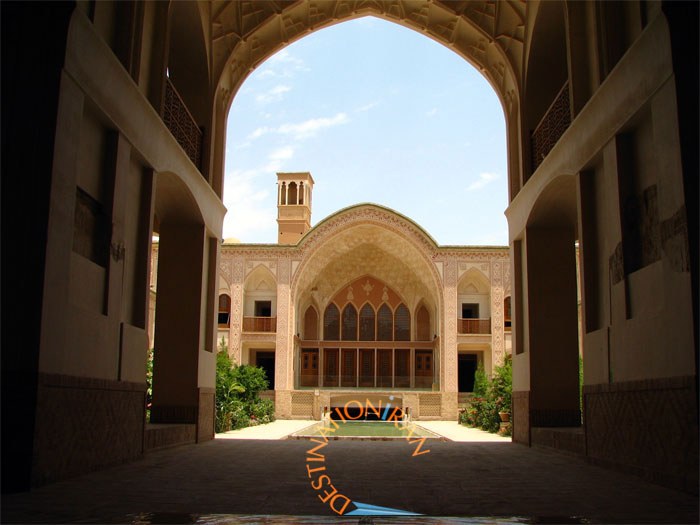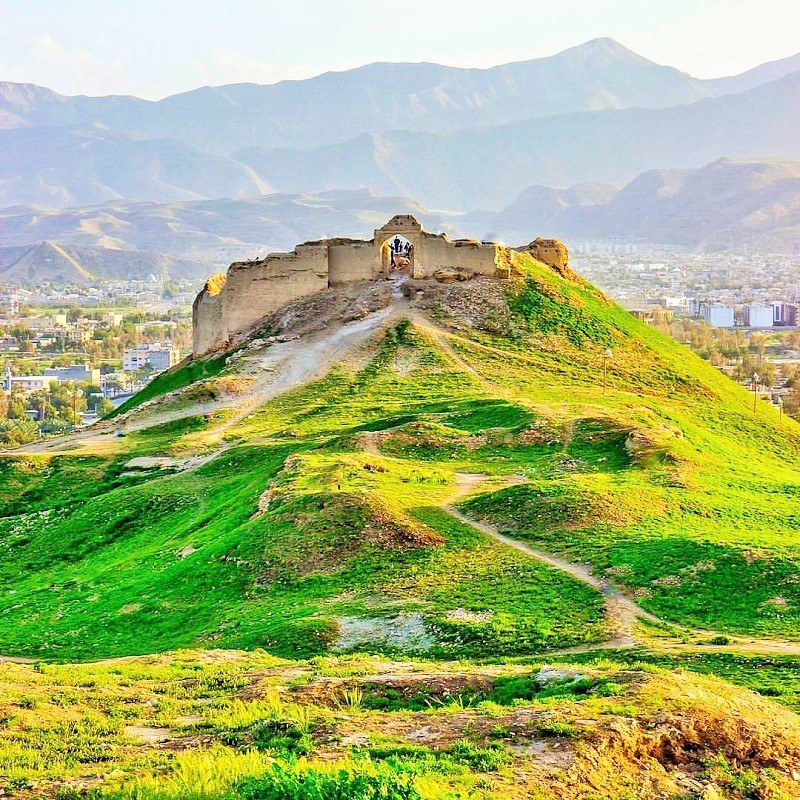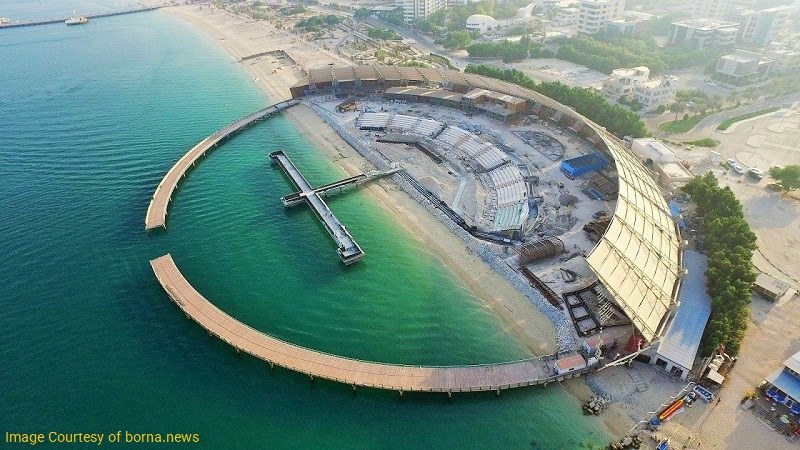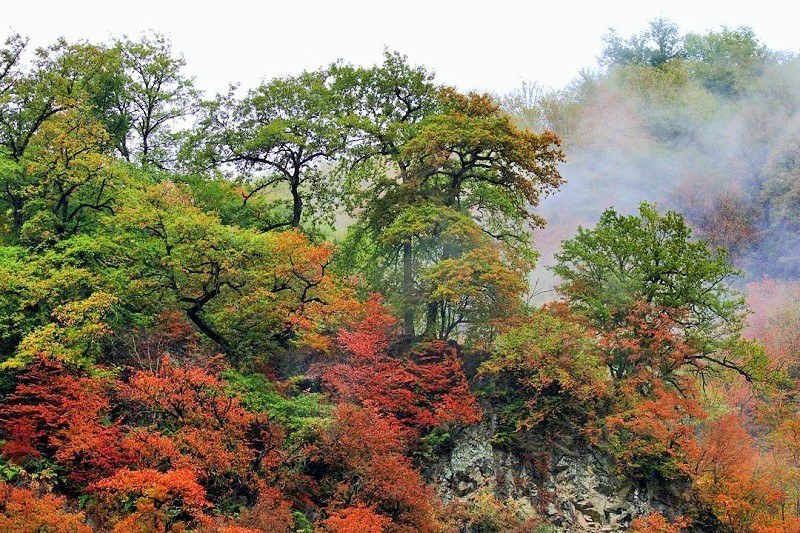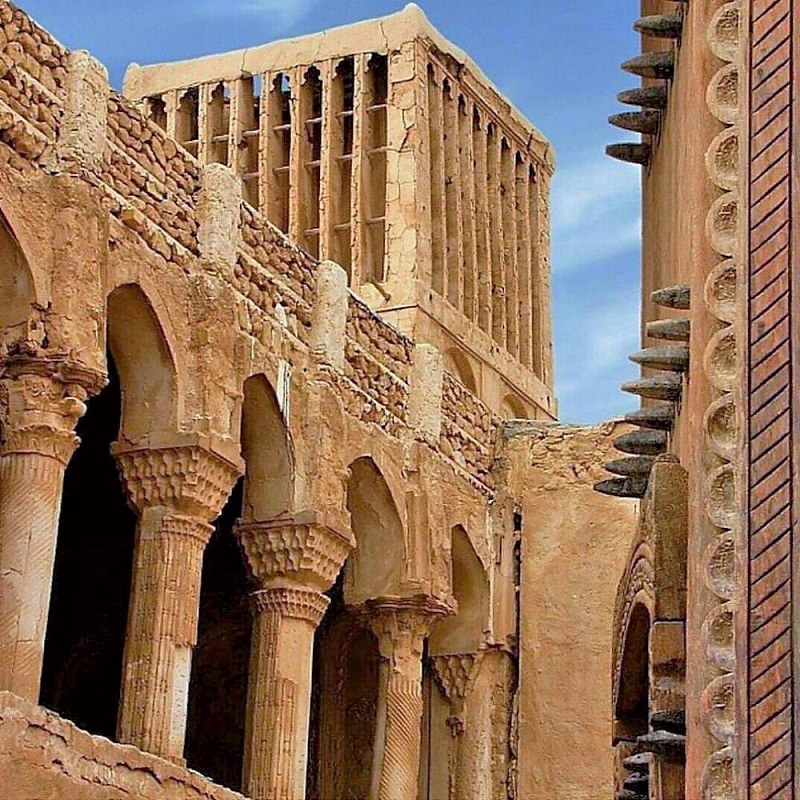
Bushehr, a port city located along southwestern Iran, offers amazing tourist attractions. The history of Bushehr dates back to the Sassanid era. Beautiful beaches, lush palm groves, and historical monuments make it an attractive destination for world travelers.
The historical and architectural monuments of Bushehr include Islamic buildings like mosques and praying centers, mansions, old towers, castles, as well as gardens.
When it comes to cultural attractions, there are many historical mounds in Bushehr including Tall-e Khandaq with Sassanid architectural style and Tall-e Marv located near an Achaemenid Palace. These mounds and relics, especially archaeological ones, are the attractions that world travelers love to see among various ancient sites.
In Bushehr, in addition to the spectacular monuments, the local foods such as Qaliyeh Mahi (a local food with fish), Qaliyeh Meygooo (a local food with shrimp) and Qaliyeh Bushehri are quite yummy.
Geography of Bushehr
Bandar-e Bushehr, which literally means Bushehr Port, is a peninsula located on the central district of Bushehr County bounded by the Persian Gulf from north, west, and south. The port is located at an altitude of 18 meters above sea level. The average annual temperature is 25°C and the average annual precipitation is 220 mm.
This port has a warm semi-desert climate. An important climatic feature of Bushehr Province is its sultry weather. The humidity caused by the Persian Gulf in the coastal region of Bushehr Province prevents the decrease in temperature in winter and its excessive increase in summer.
As a result, the day and night temperature differences and seasonal temperature differences in this province are low. Considering all this, the best season to travel to Bushehr is autumn, winter, and early spring.
For traveling to Bushehr, there are various options:
- In private car
Bushehr is 1,050 km far away from Tehran and it takes around 12 hours to travel from Tehran to Bushehr by car. The distance between Shiraz and Bushehr is 295 km and it takes about 4 hours from Shiraz to Bushehr by car. Bushehr is also 445 km away from Ahvaz and 297 km from Yasuj.
- By bus
Traveling from Tehran to Bushehr is possible by bus through the highway called “Persian Gulf”, passing through Isfahan and then Yasuj. Traveling to Bushehr by car or bus is too long, and it is highly recommended if you enjoy a long and adventurous road trip. Tehran to Bushehr buses leaves from the south, west and Beyhaqi Bus Terminals of Tehran.
Due to the importance of Bushehr, there are daily interurban buses from most of the city of Iran to Bushehr.
- By train
The railway of Shiraz-Bushehr-Assalouyeh is now under construction. Currently, it is not possible to travel directly to Bushehr by train. However, you can use Shiraz or Bandar Abbas trains passing through Bushehr. It takes about 5 hours from Shiraz to Bushehr and 10 hours from Bandar Abbas to Bushehr by train.
- By airplane
Bushehr has an international airport, which is one of the three old airports in Iran. This airport has flights to Iraq, Syria, Saudi Arabia and the Arab states of Persian Gulf, such as the United Arab Emirates. There are domestic flights from Bushehr to Tehran, Kish Island, Isfahan, Shiraz, Mashhad, Assalouyeh and Khark.
An important feature of this airport is that there is no accident reported there. The flight from Tehran to Bushehr takes about 1 hour and 30 minutes.
- By ship
The most important ports of Bushehr Province are Bandar-e Bushehr, Bandar-e Ganaveh, Bandar-e Deylam, Bandar-e Rig, Bandar-e Deyr, Bandar-e Kangan, Bandar-e Nakhl Taqi, and Bandar-e Assalouyeh.
Bushehr port has 7 docks with total length of more than 1,170 meters. It has the capacity to accept the ships of 15,000 tons of weight and to disembark and load more than 3 million tons of goods per year. Valfajr Travel Dock is used for cargo and passenger transportation between the province and the Persian Gulf States.
Population and Economy of Bushehr
According to the 2016 Iranian census, the population of Bushehr was 223,504 people. The major occupation of the local people is fishing, shipbuilding, and export. This province has strategic and economic importance for the following reasons:
- Its location on the strategic coast of the Persian Gulf;
- Export and import through the sea;
- Fishing industry;
- Petroleum and gas reserves (South and North Pars);
- Agriculture and palm tree planting; and
- Existence of a nuclear power plant.
In other words, Bushehr is the capital of Iranian nuclear energy as it is the only Iranian city in which the first nuclear power plant has been built.
Bandar-e Bushehr Special Economic Zone and Pars Special Economic Energy Zone are the industrial areas active in the city.
History of Bushehr
This city has got plenty of cultural attractions because it has a long history and a very rich culture. The construction of Bushehr is attributed to Ardeshir I, the founder of the Sassanid Empire. Ardeshir Babakan has mentioned in his book, Karnamak, the name of a port called Bokht Ardeshir. Along with other documents, this book shows the importance of the Persian Gulf for the early Sassanid kings.
The port became so thriving in that period that it changed into a major rival for the port of Basra. After that, the Sassanid government allowed the publishing of Bushehr currency in the form of banknotes. This was a privilege for this port until the foundation of Shahi Bank.
When Macedonians conquered Persia and the Seleucids started ruling in Iran, this city was known as Antiochia. From this point, Antiochus began expanding its eastern borders in approximately early 200 B.C.
Later, when Christianity came to Iran, the Nestorian Church launched its penetration into Iranian territories from Bushehr.
Bandar-e Bushehr was one of the first centers of the lithography industry. Later, the city became a pioneer in ice and electricity industries. The people of Bushehr were the first Iranian people who become familiar with publications and magazines.
Due to its prosperity and special location, the first foreign business company representatives and consulates of foreign governments such as Britain, Germany, Russia, and the Ottoman government established their headquarters in this city.
However, due to the development of the railway, this boosted development was transferred to Khorramshahr. Britain occupied Bushehr twice during history, and the local people organized the opposition against the foreign invaders.
The development of the old part of Bushehr slowed down about seventy years ago after World War I. The building materials supplied by Africa and India were less accessible and the main inhabitants of the city began to leave and migrate to other parts of the country.
Historical Attractions inside the City
Here’s a list of the interesting places to visit inside Bushehr:
Historical Section of Bushehr
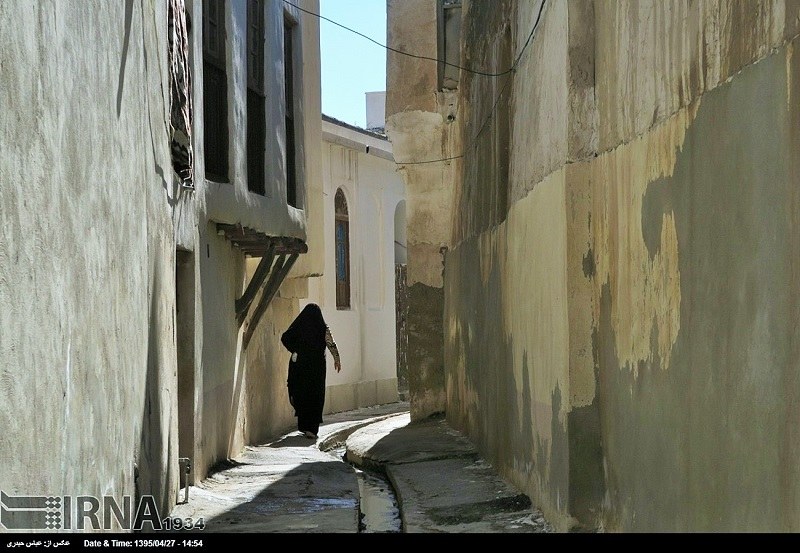
This intact area is one of the historical attractions and ancient parts of the southern cities of Iran that has many fans. The historical section of Bushehr is located near the city center.
Tomb of Sheikh Chah-Kootahi
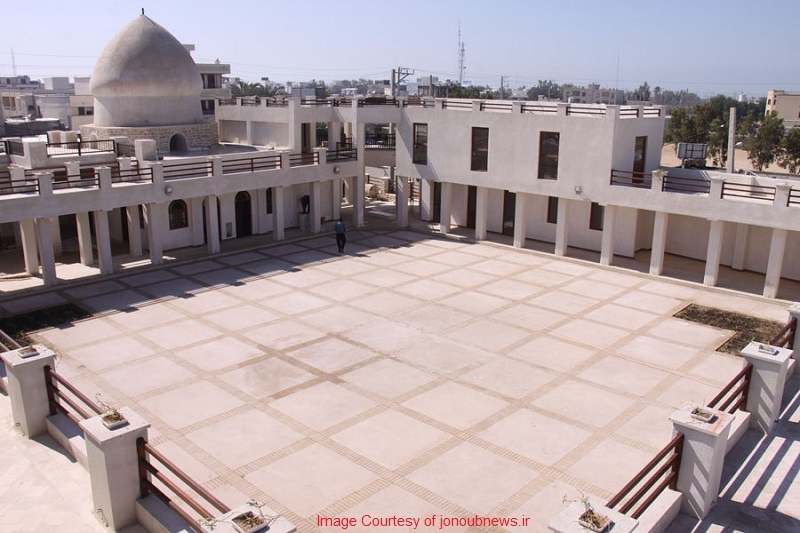
This building belongs to Salar-e Islam, an activist of the Southern Movement of Iran and a commander of the Tangestan forces against the British invasion during the World War I. The foundation of the monument dates back to approximately a hundred years ago.
Zohoor-e Masih Church
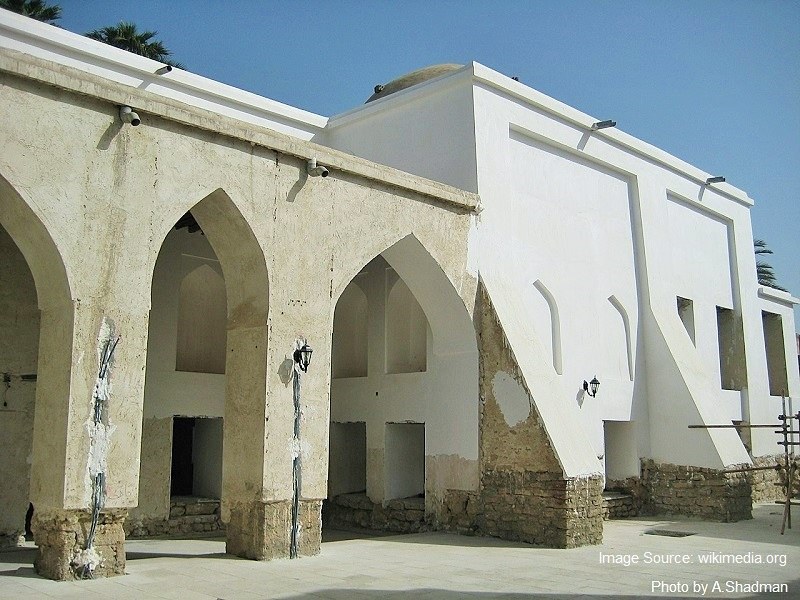
The building dates back to the early 19th century, at the time of the foundation of the East India Company. The church is located next to the former British Consulate and the former Finance Department of Bushehr. Bushehr Church is known as the Armenian Church. The church doors are always closed.
Bazaar of Bushehr
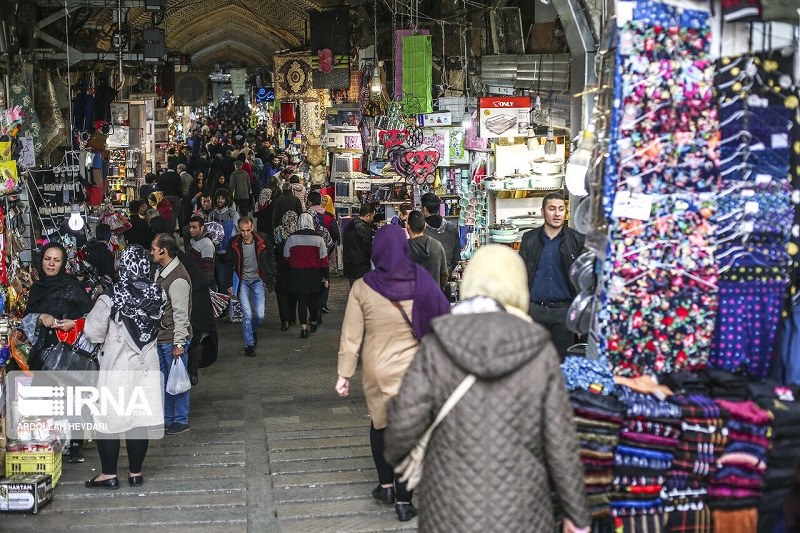
Like the bazaars in other cities of Iran, this old complex is the main center of trade, shopping, and prosperity of the city. The foundation of the bazaar, with its beautiful and spectacular architecture, dates back to the Qajar era. The architects have built the bazaar in a particular way that it lets pleasant light into the building, but prevents the penetration of snows or rain at the time of precipitation.
Grave of General
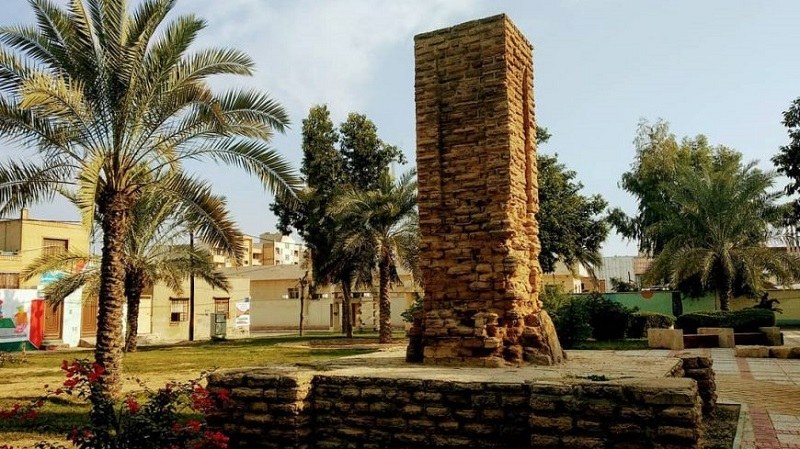
The attacks by the British and other colonialists have left their traces in this city forever. Some of them are English borrowed words, architectural styles, and the grave of General. This tomb is the burial place of one of the British commanders who lost his life during the invasion of southern Iran.
Iranian army killed the British General in 1856 at the Herat War. By 2011, it was situated within a cemetery, but the area was later converted into a park.
Malek Mansion
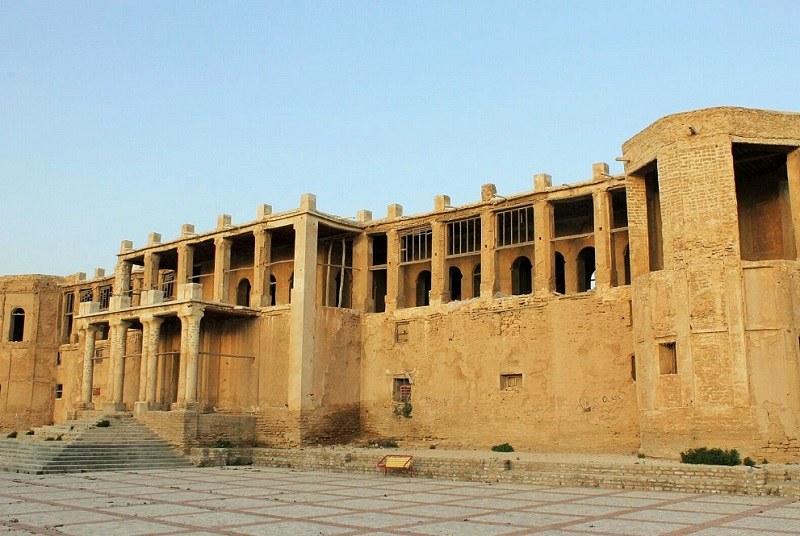
The construction of this traditional mansion dates back to the Qajar period. Malek-o-Tojar, a major Iranian merchant, had commissioned the construction of this mansion to a French architect who built it with local materials.
During his business travel to Paris and the meeting with a French man, he became interested in his home. Then, he built this magnificent building by employing the architect of that particular building. He also included some features to it out of his own desire.
Sa’adat School
This building dates back to the Qajar period. It is the first modern school in southern Iran. Some great men have been graduated from this school. The day of the establishment of this school, January 31, is considered “Bushehr Day” in the Iranian calendar. People have celebrated this day for several years.
Kazeruni Mansion of Bushehr
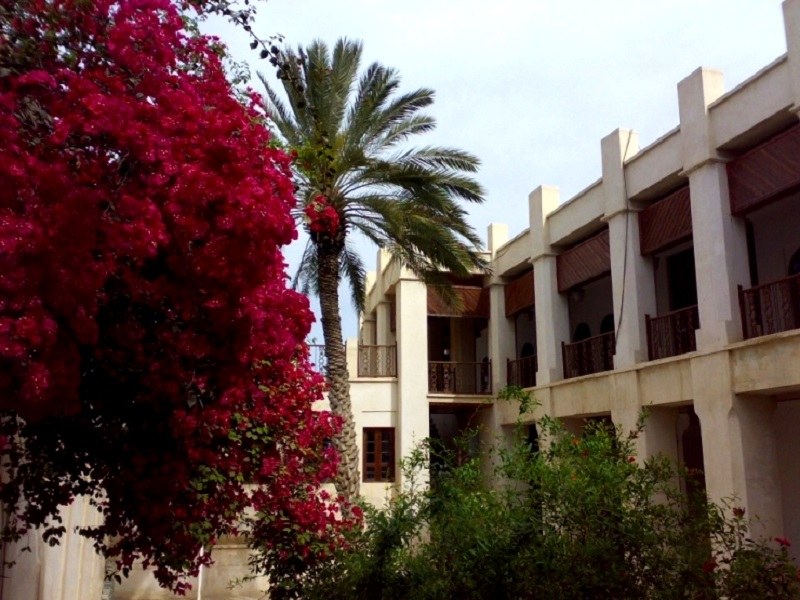
This mansion dates back to the Qajar era. The mansion is located in the ancient neighborhood of Behbahan. It is inscribed as one of the Iranian National Heritage Sites. Furthermore, City authorities intend to restore and submit the documentations of Kazerooni Mansion to be inscribed on the World Heritage List.
Sheikh Sa’dun Mosque
This mosque is also known as the Shah Mosque and the Kufi Mosque. A Saudi person ordered the construction of this mosque. Today, Iranians hold the famous ceremonies of Taziyeh in the Sheikh Sadon Mosque. Taziyeh is a Shi’ite ritual that commemorates the death of Imam Hussein, in this mosque.
Church of the Holy Christ
This is a very interesting example of architectural techniques in Iran. All windows have Iranian colorful glasses and are a mixture of Christian and Iranian architectural symbols.
Qavam Water Reservoir of Bushehr
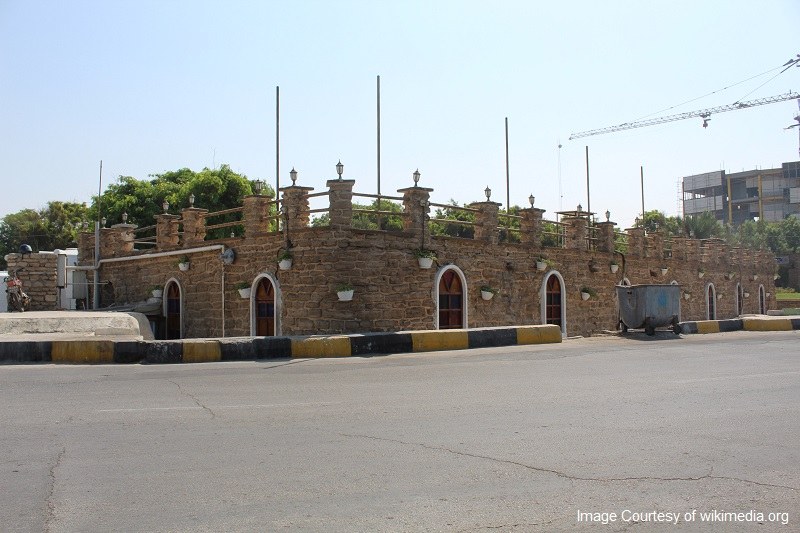
This building is located in the west of Bushehr and along the sea. The construction of the building of the water reservoir dates back to 150 years ago, the Qajar period. The private sector has transformed Qavam water reservoir into a traditional Sofreh Khaneh (Iranian traditional restaurant) today. It is now open to the public to have a meal there.
Historical Attractions outside the City
Here’s a list of the interesting places outside Bushehr:
Khormoj Dashti Castle
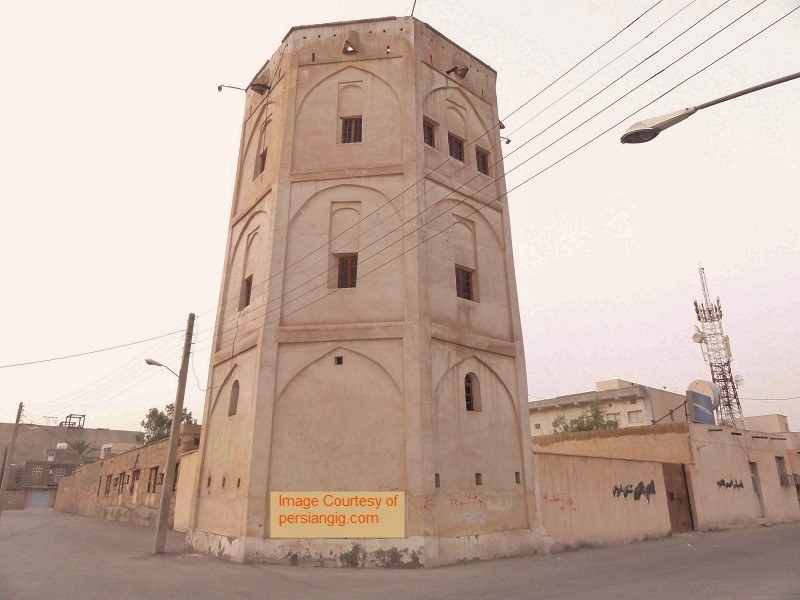
Khormoj Castle, known also as Mohammad Khan Dashti historical castle, is located in Khormoj city, 87 km far from Bushehr. It takes about 1 hour to get there by car. The castle dates back to the Qajar era and has the architectural style of the Seljuk and Sassanid castles. Unfortunately, most parts of the castle have been destroyed and only one of its towers has remained.
Friday Mosque of Bardestan
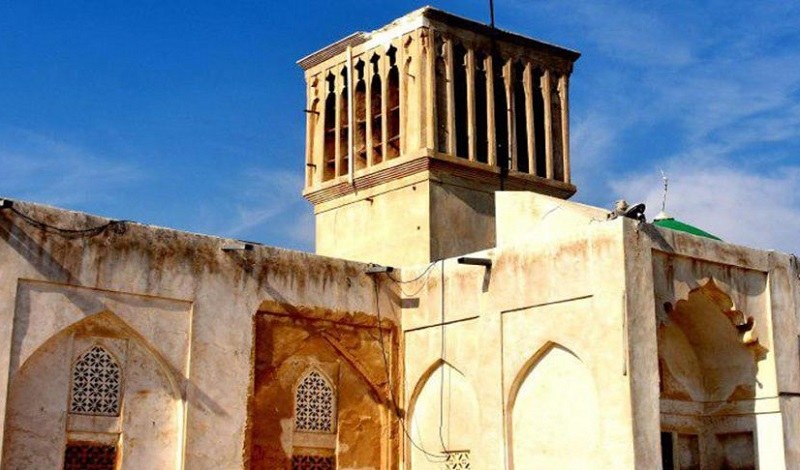
Around 300 years ago, the son of a captain of the Nadir Shah’s ships established many monuments in Bardestan including the Friday Mosque of Bardestan. Some paleontologists call it the oldest post-Islam building in the city. The distance between the mosque and the city center of Bushehr is 200 kilometers. It takes about two hours to reach the mosque from Bushehr by car.
Bushehr Museum
Raeis Ali Delvari was a nationalist leader against British colonialism in Bushehr Province whose house is now a museum. The house, located 45 km from Bushehr, is open to the public now.
Siraf of Bushehr
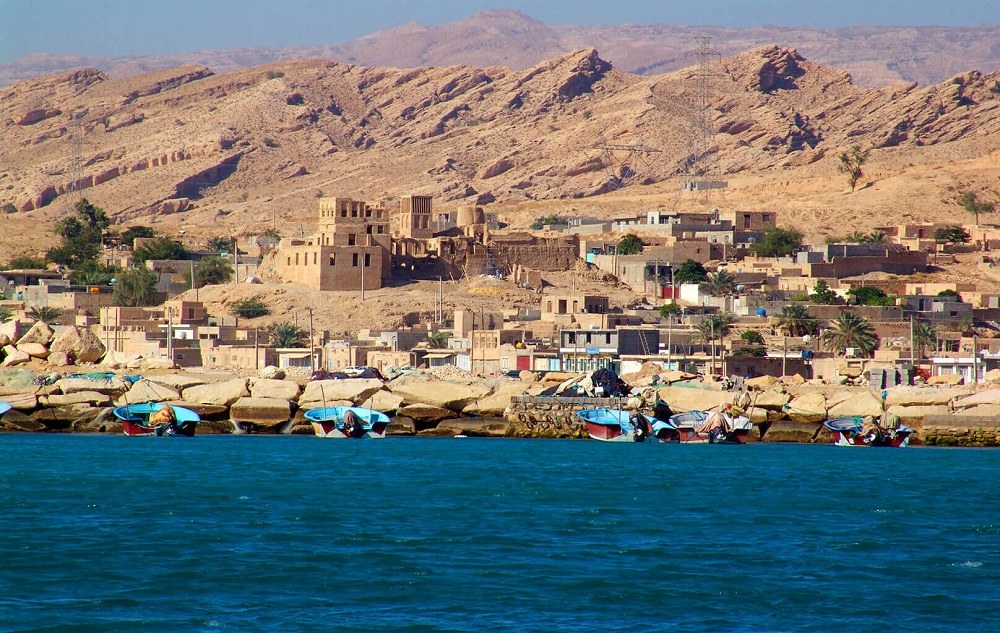
Siraf is one of the oldest ports in Iran and the world. In ancient times, at least from the Sassanid era, it was the main port for shipping. In addition, there are many historical sites there.
Siraf Cemetery is a cultural attraction located in the northwest of Bandar Taheri and on the southern slopes of the heights overlooking it. There are many rectangular graves excavated in the rocks.
Nassouri Castle (Sheikh Castle)
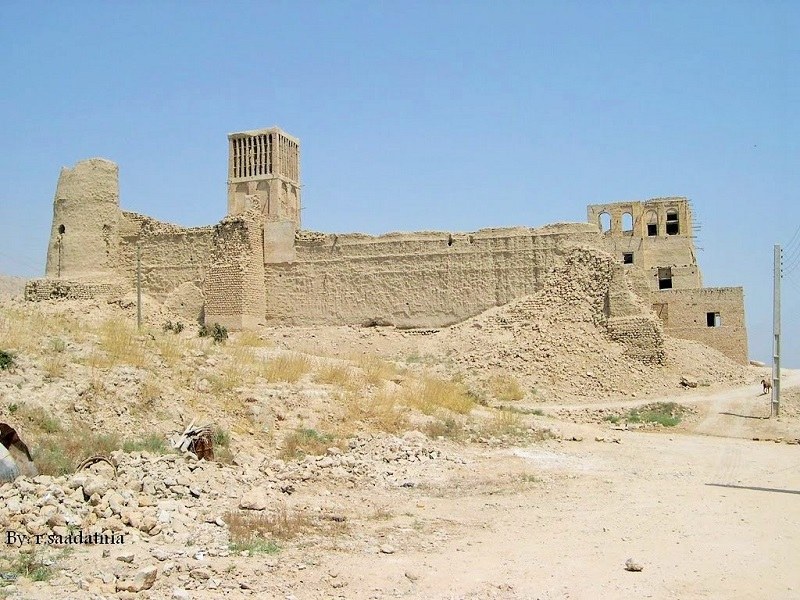
This building is located in Bandar Taheri, in Kangan County, and 250 km east of Bushehr Province. This castle dates back to the early Qajar period. The construction of the castle happened about 180 years ago.
Natural Attractions outside the City
Here’s a list of the natural wonders outside Bushehr:
Jashak salt dome
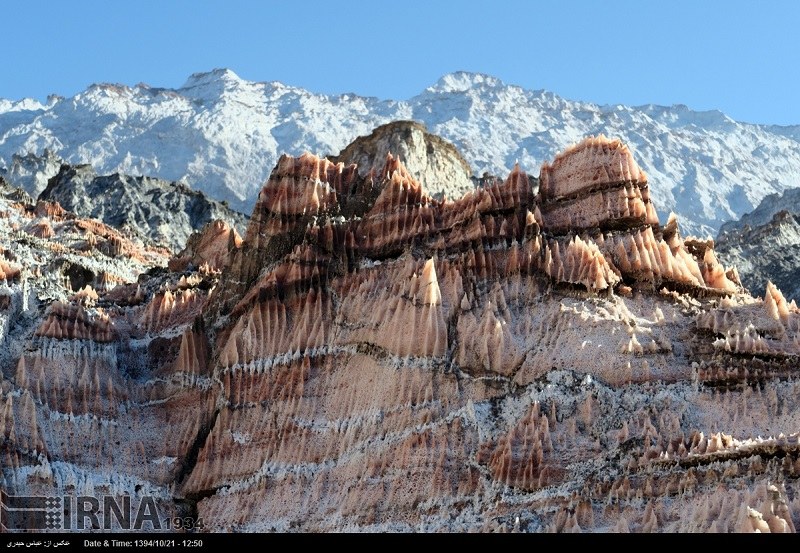
This natural site is located near Gankhak Village, 144 km southeast of Bushehr. It is one of the largest and most beautiful salt domes of Iran and the Middle East. Salt waterfalls, salt springs, and Cauliflower Valley are the most amazing parts of the dome.
Palm Groves
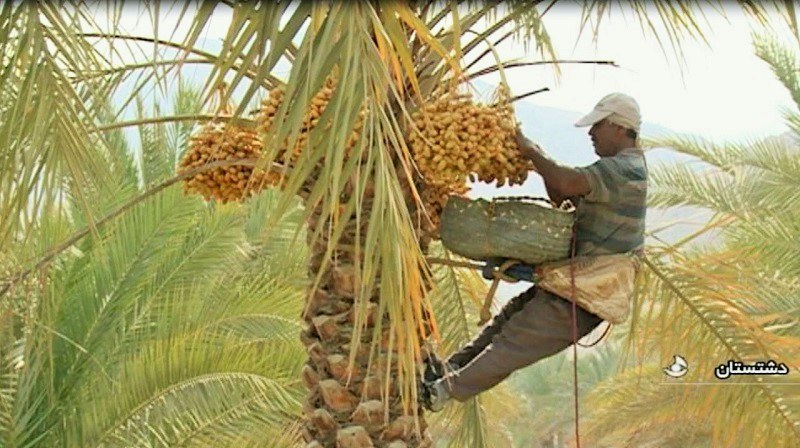
Dashtestan and Ab Pakhsh cities have the highest number of palms in the province. The lush and high green palm groves are very spectacular. The presence of watery canals on both sides of the entrance to Ab Pakhsh City gives the region a refreshing feeling.
Shores of Bushehr

The weather of Bushehr is pleasant approximately 8 months of the year. The province has the largest coastline in the country and is the highlight of the coastal areas of Iran. This is one of the major natural attractions of Bushehr.
Local people say that years ago, a British politician described Bushehr as the most maritime city in the world. In other words, when you look at the city from a distance on a ship, it seems that it is situated halfway in the water and you cannot distinguish the coastline.
Rafael Ship
In Bandar-e Bushehr, there are two famous ships stuck close to the shore: Rafael and Michelangelo. The first plan of these ships was launched in 1958. The ships were not badly damaged in 1983. In fact, they could be returned to the sea then.
Iraqi aircrafts targeted them by missiles and inflicted serious damages to them. As a result, Raphael sank halfway in the shallow waters of the coastal port of Bushehr.
Kooh-e Siah Protected Area in Bushehr
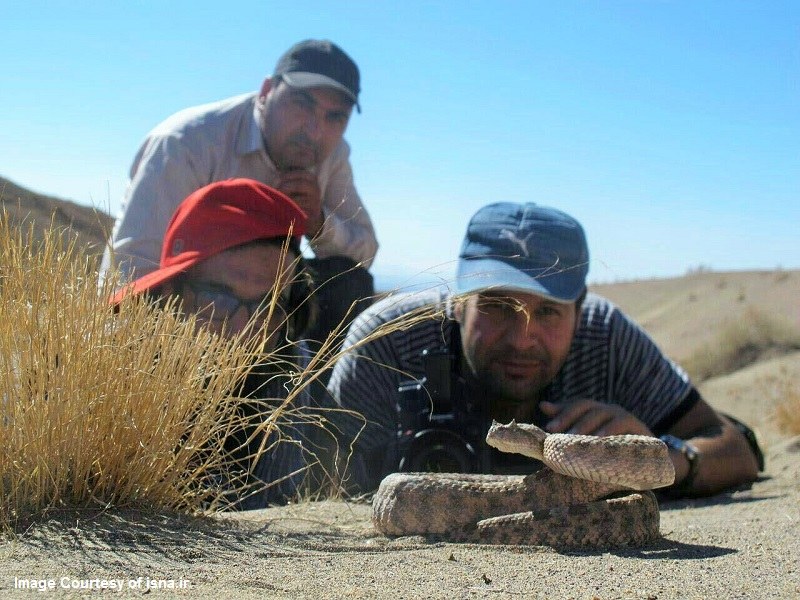
This area is located in Dashtestan County, Bushehr province. It is the winter resort for Qashqai tribes. There are about 7000 ibex and ram live in this habitat. If you are looking for Bushehr natural attractions, make sure you do not miss this area.


